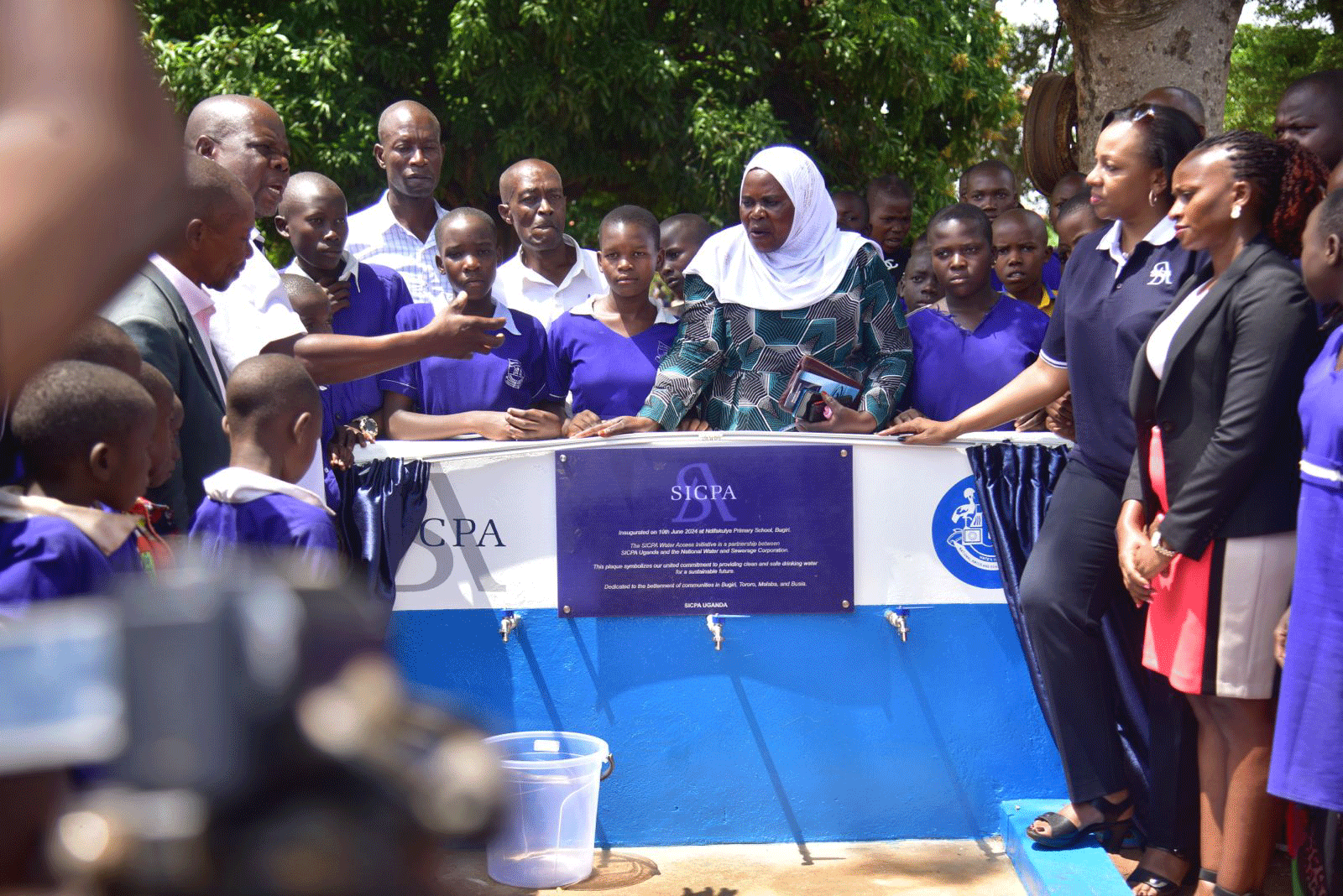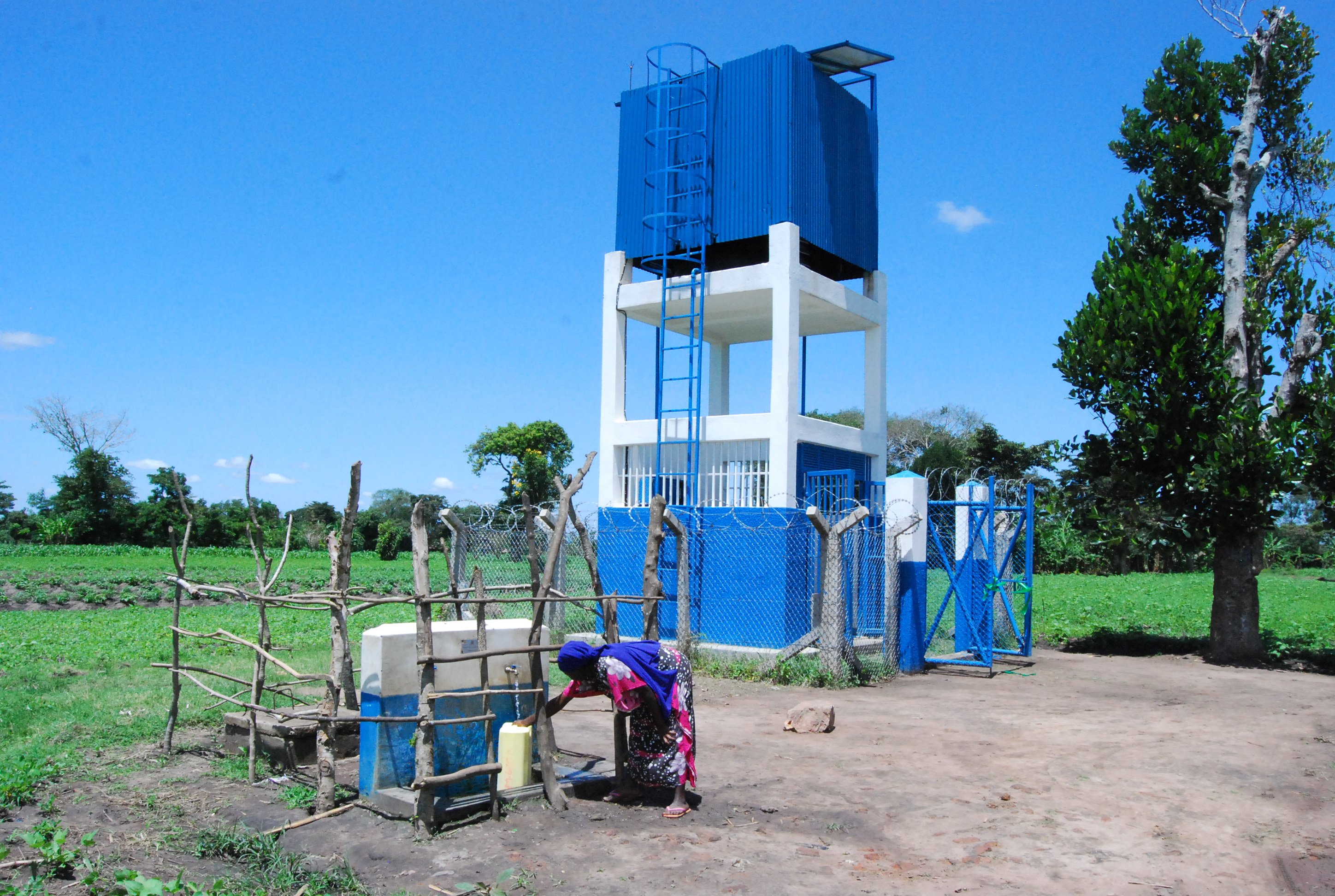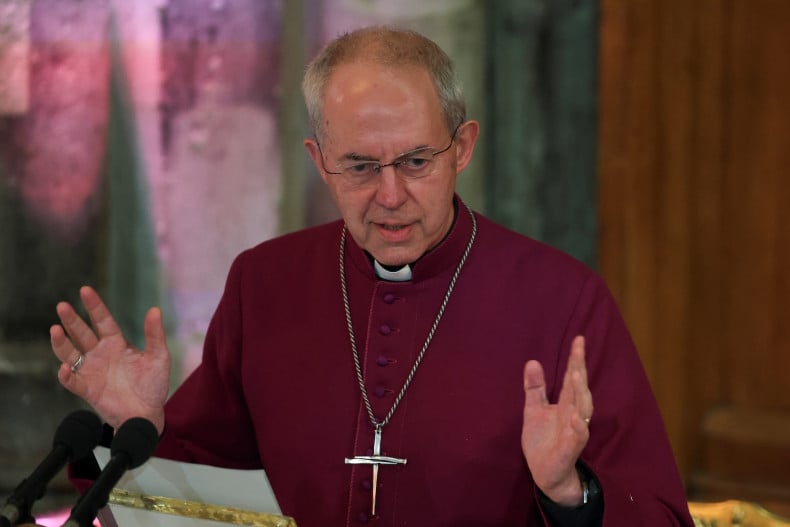Prime
Increasing access to piped water needs everyone to be involved

Access to piped water in eastern Uganda is at 9 percent. Photo / File
What you need to know:
- The highest concentration of piped water users is in Greater Kampala, with more 70 percent of residents having access
Across Uganda, access to piped water remains a distant dream for most of the population, especially in rural areas.
According to a 2023 report by Twaweza, the highest concentration of piped water users is in Greater Kampala, with over 70 percent of residents having access.
Western and central Uganda follow with 27 percent and 17 percent of residents using piped water, respectively.
While, eastern and northern regions have the lowest piped water access, with only 9 percent and 6 percent, respectively.
The report further reveals that two out of 10 households in Uganda, or 20 percent, rely on unimproved or unsafe water sources, with a significant proportion of 7 percent using surface water.
Western Uganda has the highest percentage of people using unimproved water sources at 40 percent, followed by central Uganda at 29 percent.
Therefore, with such statistics, it is imperative that both government, private and corporate organisations come together to pull in the same direction with the view of helping citizens access clean and safe water.
In eastern Uganda, SICPA Uganda, a security solutions company, recently partnered with National Water and Sewerage Corporation (NWSC) to establish a piped water system serving more than 1,000 pupils at Ndifakulya Primary School as part of a larger plan to set up 30 public service points in the eastern districts of Bugiri, Busia, and Tororo.
At the launch of one of the service points at Ndifakulya Primary School, Ms Proscovia Mutanza, the headmistress of the school, said the system was particularly a big relief to the school, noting that pupils would no longer waste quality hours fetching water from distant sources.
This, she said, would allow pupils to focus on their studies and maintain better personal hygiene.
“Our children have been struggling a lot. The pupils [sometimes] have to first go to the borehole to fetch water for their homes, and then come to school where we also send them to collect water for the school. It is tedious for them,” she says, noting that the new system helps the school to keep pupils safe because many of them are targeted during the long treks to water sources by men.

NWSC, beyond the 30 water sources in parts of eastern Uganda, is also planning to build a water treatment plant in Bugiri to serve four municipalities. Photo / Courtesy
On his part, Mr John Katebe, the Ndifakulya village chairperson, said recently that apart from safety, the piped water system will reduce the persistent challenges, which call for a roll out of more piped water points to address.
NWSC has recently indicated that it has plans to build a new water treatment plant at Waka Waka landing site, Bugiri District, which will increase water coverage from 40 percent to 80 percent.
The plant will serve at least four municipalities along the line, including Mayuge, and Nankoma, and stream to deep villages where NWSC has no supply.
“This is a long-term project, it is in its initial stage. We are currently undertaking water testing, and a lot is still happening in the background,” Ms Mable Abaho, the NWSC area manager, said in July.
Ms Suzan Kitariko, the SICPA general manager, says the initiative is out of the desire to create a ripple effect of positive change that extends beyond water access, to improvement of infrastructure in targeted areas and laying the groundwork for a healthier and more prosperous Uganda.
“By joining NWSC, and the communities we serve, we are addressing a critical need and laying the groundwork for a healthier, more prosperous future for thousands of Ugandans,” she says.
Access to piped water is highest (42 percent) among urban households compared to 11 percent for rural folks, which according to Ms Kitariko calls for corporate organisations to get involved to ensure that communities, among which they work, have access to basic amenities such as water.
Outside eastern Uganda, NWSC has also partnered with other corporate and international organisations to improve water access.
In western Uganda, a year-long initiative valued at $300,000 (Shs1.1b), has been ongoing since April focusing on extending piped water to serve up to 13 villages in Kabarole District and standardise sanitation facilities in two schools and two healthcare facilities in Bunyangabu District.
Under its 2021-24 Corporate Plan, NWSC has a plan of reaching at least 71 percent of Uganda but extension of its services is inhabited by limited financing, which calls for collaborations with both civil society organisations and corporate companies.




